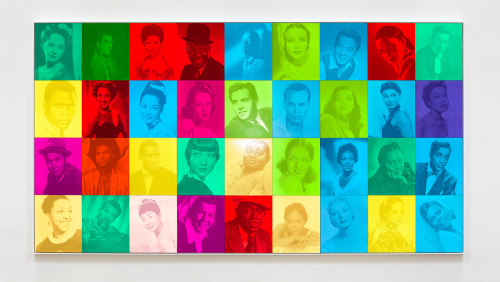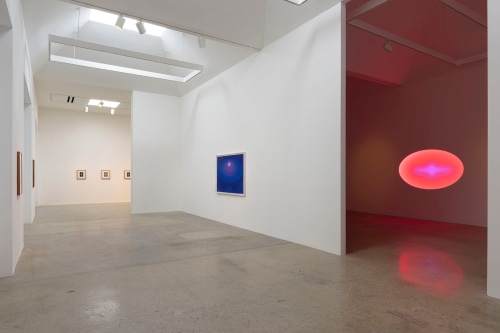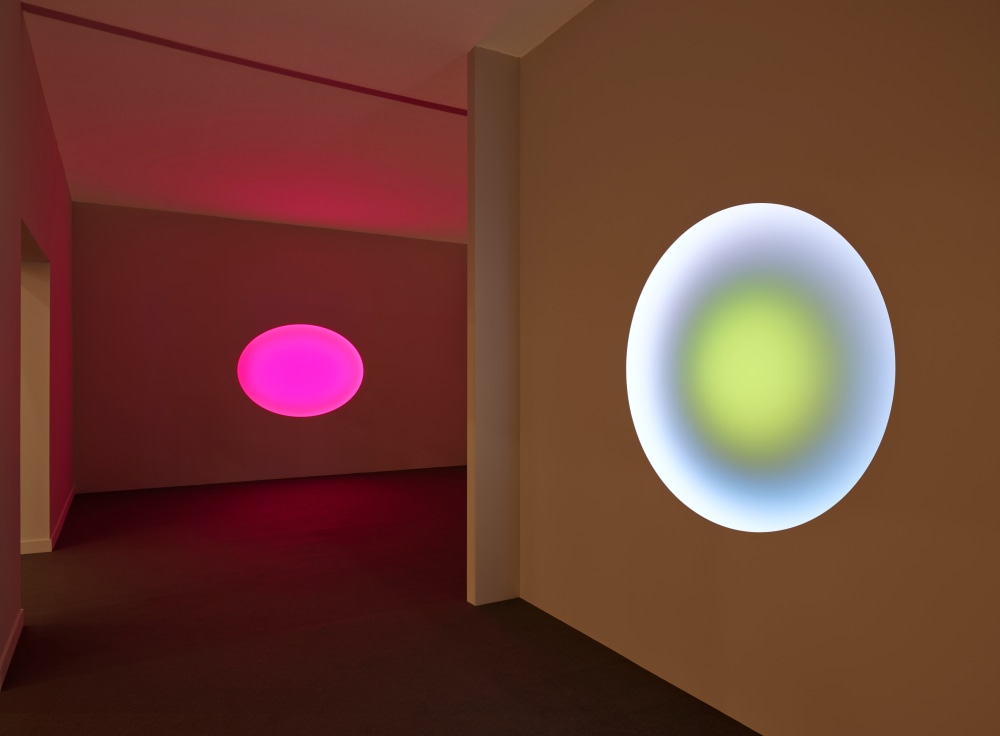Ever since Kayne Griffin Corcoran was formed in 2011, the Los Angeles-based gallery has been engaged in a seemingly unstoppable pace of growth. Borne out of a meeting Maggie Kayne, a young collector and independent advisor at the time, had scheduled with Bill Griffin and James Corcoran, veteran dealers with their own galleries, to discuss a James Turrell commission for a client, the gallery has quickly emerged as one of Southern California’s most important, representing key West Coast figures such as Turrell himself, Mary Corse, and David Lynch.
The gallery – itself designed by Turrell – has become a must-stop destination on any gallery tour of the city. And since the gallery opened its doors, Kayne Griffin Corcoran has participated in a dizzying array of fairs to fuel its growth and gain maximum exposure for its artists. Meanwhile, the founders have expanded the team by bringing in eye-catching names. Sarah Watson, formerly of Sprüth Magers, L&M Arts, and Gagosian, joined in January 2019 as the gallery’s president; and Jamie Goldblatt Manné came over from the Marciano Foundation in July of the same year as a co-director, with the mandate to institute a culture at the gallery which, in terms of events and programming, lies outside the traditional gallery model.
And yet, as Kayne and Griffin make abundantly clear in our discussion via phone, they harbor no aspirations of global dominance. (Corcoran, the elder statesman of the trio, being less involved in the day-to-day busi-ness, didn’t take part in the interview). Fervent believers in strategic partner-ships with other galleries – for instance, sharing representation of Turrell and Corse with Pace (with whom they co-hosted a much talk-ed-about party during Frieze LA to support Turrell’s on-going Roden Crater project) – the two insist that they won’t be opening far-flung gallery spaces in other cities. “We wanted to be defined as a quintessential South-ern California gallery. That’s who we are,” clarified Griffin. “We’re very comfortable here,” added Kayne. “The idea of taking on more overhead with uncertain returns is not particularly appealing.”
Demonstrating the complementary skillsets, easy repartee, and single-minded creative vision that has made the gallery so successful and become a model for intergenerational gallery partnerships, Kayne and Griffin offer The Canvas their perspective on the unifying thread in the gallery’s program, chart the path of the LA arts scene through the decades, and discuss the gallery’s recent collaborative booth with Pace at Frieze LA, featuring James Turrell, and what makes the 76 year old artist’s work so appealing to mass audiences. We also analyze the gallery’s growth over the years, parsing where it goes from here and why they’ll be paring back their fair participation over the coming year, and how it’s “inevitable” that the “pendulum will swing the other way” in terms of artists flocking to the mega-galleries.




